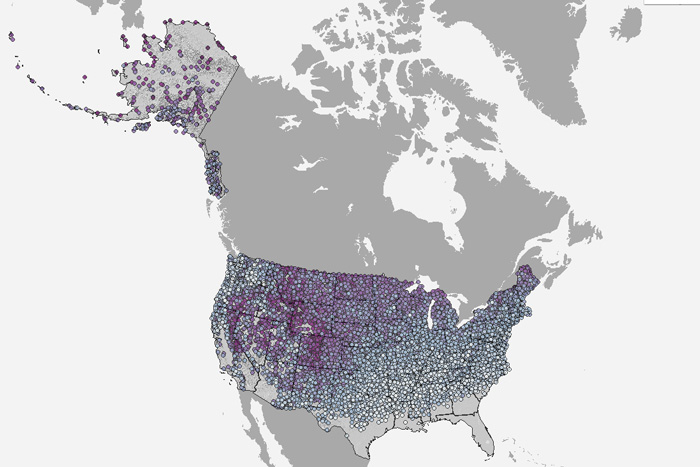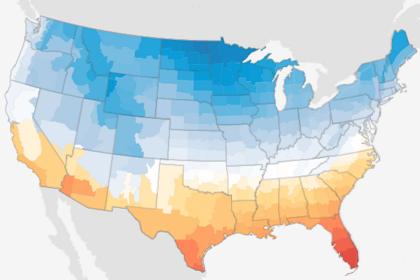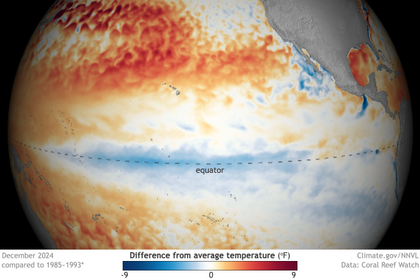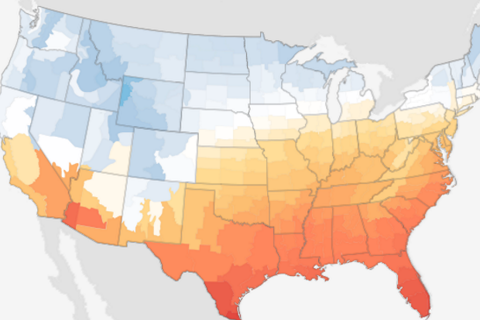Browse News & Features
Like a popular science magazine, News & Features offers stories, images, and videos for the science-interested public. From blogs, to FAQs, to long-read features, this section offers a deep dive into climate science and how climate change and variability affect what matters to us.







